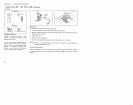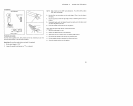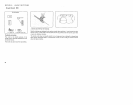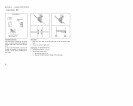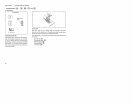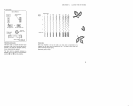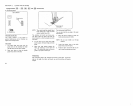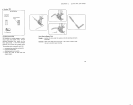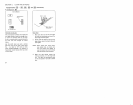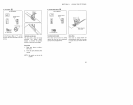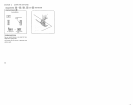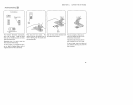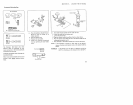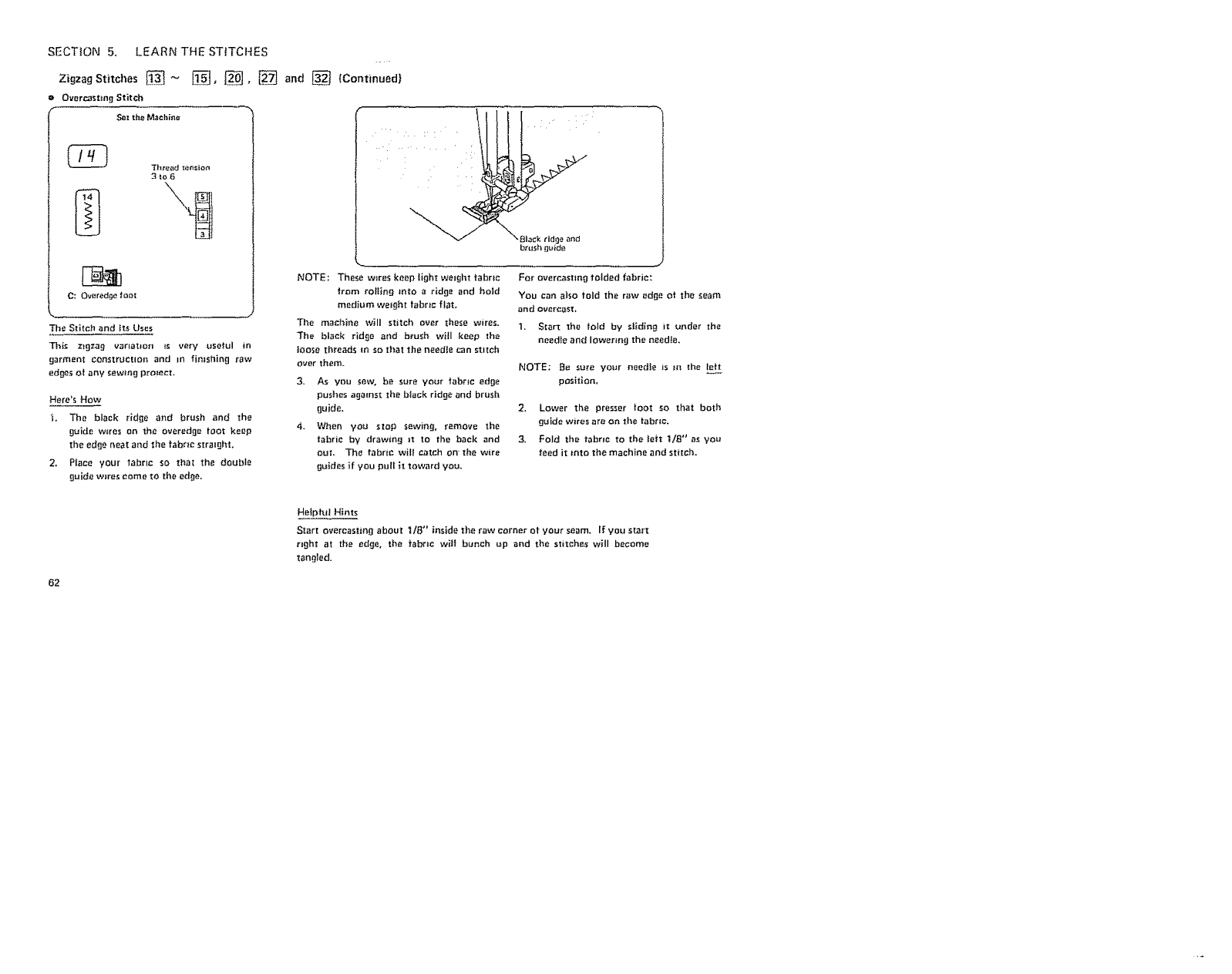
Tile Stitch and Its Uses
Tl_is z_gzag variation is very osetul In
garment constroctlon and m fimshing raw
edges el any sewing prelect.
Here's Now
_. The black ridge and brush and the
guide w_res on the overedge toot keep
the edge neat and the fabricstralght.
2, Place your tabric so that the double
guide wires come to the edge,
Blaek ridge and
brush e#ide
NOTE; These wires keep light weight tabrtc
;ram ro_fing Into a ridge and hold
medium weight tabrlc flat.
The mac_ioe will stitch over these wires.
"]'he black ridge and brush will keep the
loose threads m so that the needle can stitch
OUer them.
3. AS you Sew, be sure your fabric edge
pushes againstthe black ridge and brush
guide,
4. When you stop sewing, remove the
tabrie by drawing it to the back and
out. The tabric will catch on the wire
guides if you pull _t toward you,
For overcasting tolded fabric:
You can also told the raw edge ot the seam
and overcast.
I. ${art the fold by sliding it under the
needle and lowering the needle,
NOTE: Be sure your needle is tn the te{t
positiOn,
2. Lower the presser toot so that both
guide wires are on the fabric.
3, Fold the fabric to the teit t/8" as you
teed it into the machine and stitch.
62
Hetptul Hints
Start overcasting about I/8" inside the raw eorner ot yourseam, lfyoustart
right at the edge, the fabric witl bunch up and the stitches will become
tangled.



